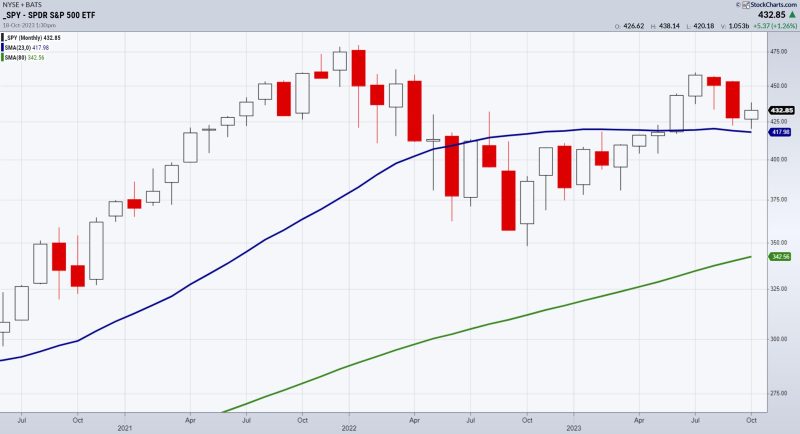The impact of the pandemic on the global economy has been unprecedented, and the stock market has experienced a rollercoaster ride as a result. While the general consensus is that the market has been stress fractured, there is no evidence of a collapse at this point, which is good news for investors.
Before the pandemic, investors were enjoying an extended bull market fueled by a decade of quantitative easing and strong corporate profits. In March 2020, the coronavirus became a global pandemic and Wall Street felt the effects immediately. The market wiped out billions of dollars over several weeks, with losses in the S&P 500 and Nasdaq Composite indexes reaching around a third of their pre-pandemic levels.
In the months since then, the stock market has experienced sporadic rallies and market corrections. This is evidence of the deep fragmentation that exists in the market, with different sectors reacting differently to the unprecedented economic challenges.
The tech sector has been a success story during the pandemic as investors sought out businesses that could benefit from the new digital reality. Meanwhile, other sectors have not been so lucky. Airlines, hotels, and restaurants have been badly affected by travel restrictions, business closures, and social distancing measures.
Despite this fragmentation, the overall market has declined only marginally over the last few months. The S&P 500 remains near its pre-COVID level, the Nasdaq has posted its biggest gains since 2009, and the Dow has regained most of its losses.
The lack of a sustained market collapse is a reassuring sign for investors. It means that even as some parts of the market suffer short-term losses, the overall market remains resilient and relatively stable.
At the same time, it is important to be aware of the potential for further market stress. The coronavirus pandemic has highlighted the fragility of the global economy, and a sustained period of uncertainty could push the market into a deeper correction.
For the moment, the stock market has experienced stress fractures but no clear breaks. Investors should remain cautious and prepare for unexpected disruptions, but the market remains stable for now.

